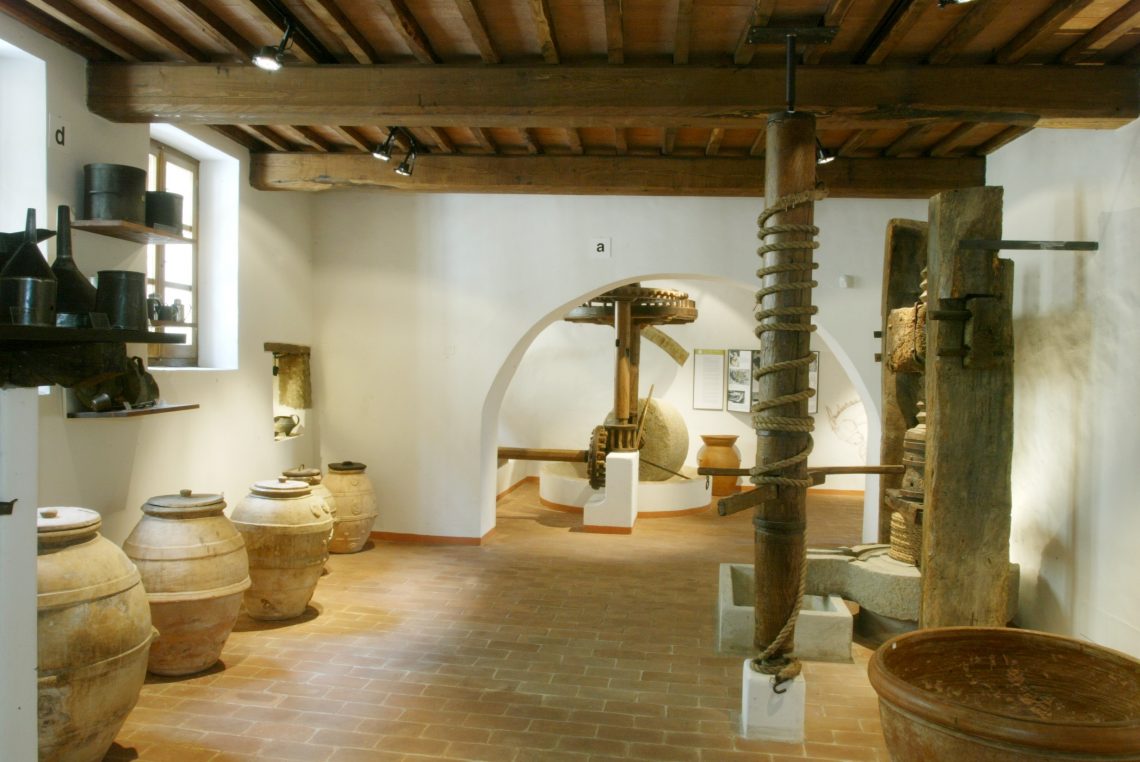The MOO, olive and oil museum is located in Torgiano, one of the most fascinating Italian villages, in the province of Perugia.
The exhibition is located in a nucleus of medieval houses, within the castle walls, where documents, engravings, period vessels for conservation and other historical objects are kept.
The museum is a story, with attention to detail, of one of the most ancient cultures, just as noble as wine, such as the olive-growing one.
Grazia Marchetti Lungarotti, art historian, is the creator and curator of the MOO, now managed by the Lungarotti Onlus Foundation (together with the MUVIT: Wine Museum), presents the museum and its peculiarities.
For the interview read Piero Pardini Wine Reviews.








